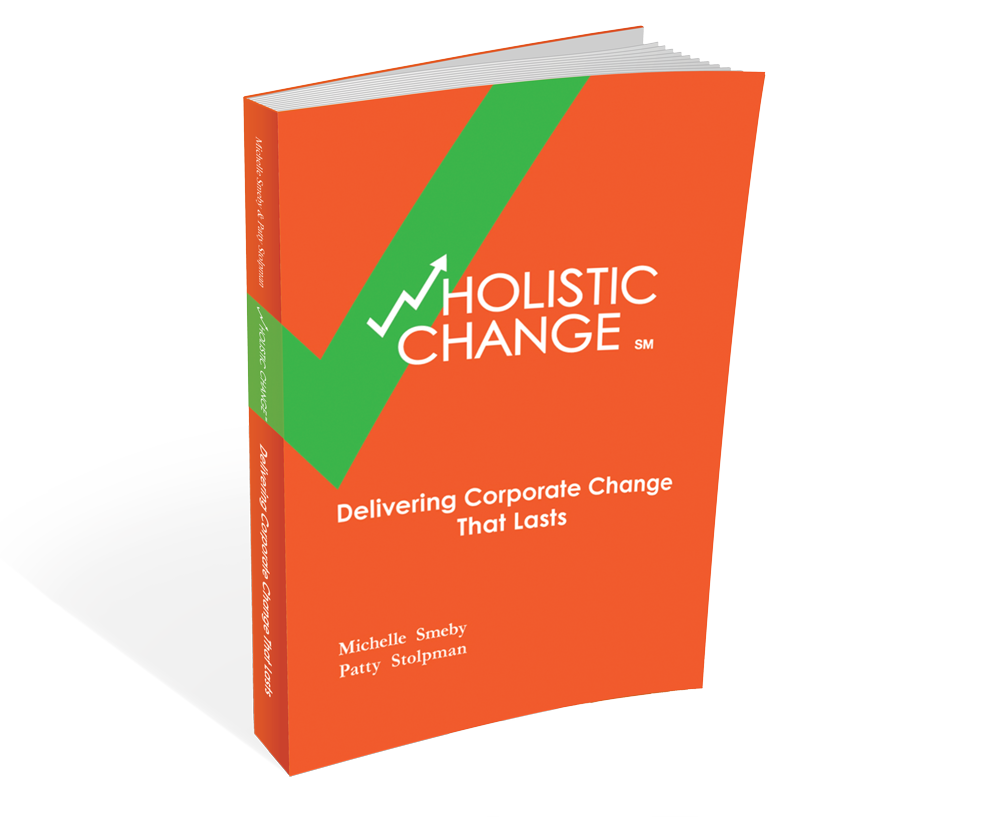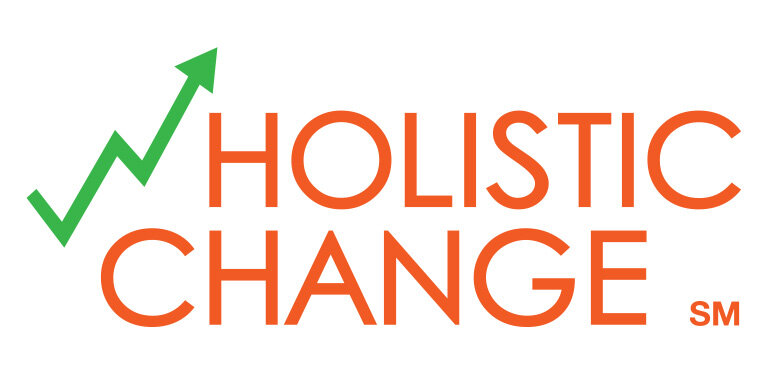Patty and I have spent a large portion of our careers in the business requirements space of Information Technology, the up front intersection of business and technology where the definition of success is delineated. In the 1980's, Noriaki Kano developed a model that categorized business requirements based on how they effect the customer's perception of a product. In the Kano model, customer valuation of their needs falls into 3 categories:
In the Kano model, customer valuation of their needs falls into 3 categories:
- Dissatisfiers: fundamental requirements that are expected as part of a package. For example, when buying a car, everyone expects the car to have brakes. If these fundamental characteristics are not there, the company needs to focus immediately on delivering them, otherwise it will likely not be able to remain in business. Because these are "must-have" requirements, they do not make the customers happy; however, their absence does make customers unhappy.
- Satisfiers: requirements that customers are not expecting, but the more of them that are included, the happier the customer. In our car example, having heated seats adds additional satisfaction to those of us who live in colder climates. Customers can live without these requirements, but when choosing between competing products, customers tend to compare the satisfiers.
- Delighters: characteristics that are not expected, so they do not cause dissatisfaction if they are not there. For example, the autonomous cruise control being offered on some luxury vehicles that senses when traffic stops and then brakes the car even before the driver has noticed that the vehicle in front of them has stopped. Delighters exceed customers' expectations and are also known as "breakthrough" features. These are competitive differentiators; offering them is a good way to win new customers.
When considering the changes needed in your organization, it is important to perform an honest assessment of where your company is and where it wants to be:
- How well is your company delivering in terms of dissatisfiers, satisfiers, and delighters?
- What is the business value that you are trying to achieve?
- Based on current performance against your objective, where does it make the most sense to focus your limited resources, to implement the change that will result in the most satisfied customers?
Remember to keep in mind that when we at wHolistic ChangeSM use the term "customer", we are referring to all of the stakeholders (whether internal or external) impacted by the change. All of the stakeholders have specific business requirements that should be considered, to ensure you do not break one part of the business when implementing change in another part.

